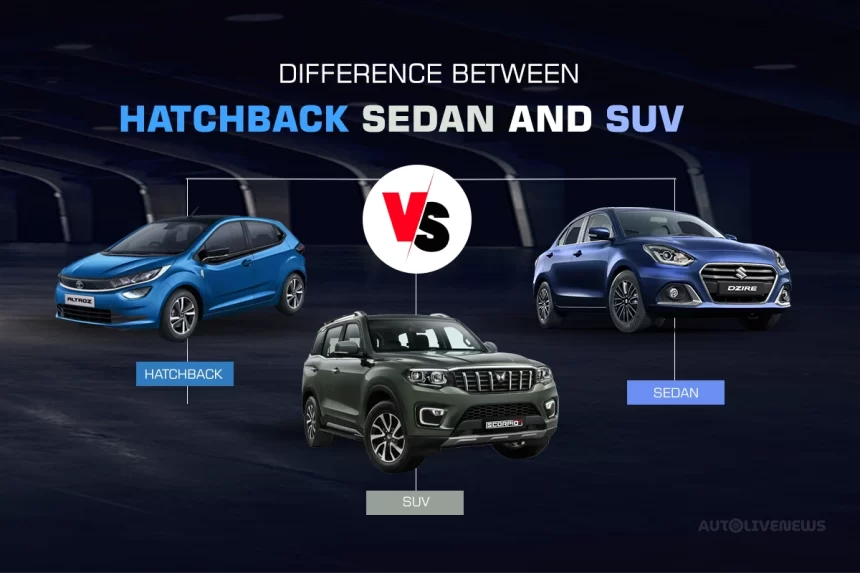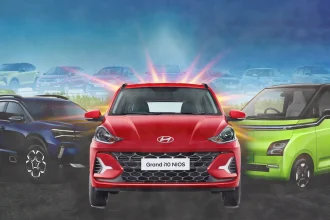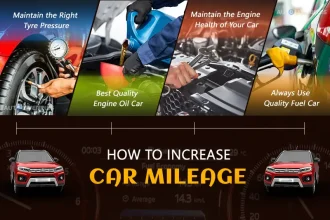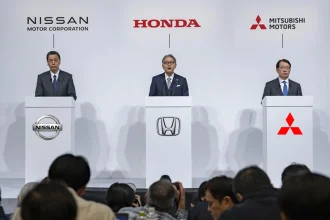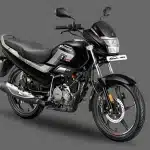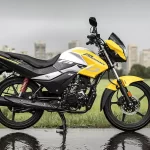Cars come in many different shapes and sizes. Since there’s so many options out there, buying a new car can be confusing. When you first begin to look at newer car launches, you’ll realize that, though you may know the basics of each term, you’re unaware of what exactly is the difference between a hatchback vs sedan vs SUV. What are the meanings, advantages, and disadvantages of each of these car types?
Don’t worry; we’re here to help. We’re going to carefully break down each car body type: hatchback vs SUV vs Sedan and list its advantages and disadvantages.
Hatchback vs Sedan vs SUV: Main Differences
The difference between a hatchback vs sedan vs SUV is body type. A hatchback, an SUV, and a sedan are shaped differently and thus better suited for different activities, aesthetics, and lifestyles.
Most cars can be sorted into these three body configurations: one box, two box, and three box designs. This refers to the layout of the engine, passenger seating, and the boot. In a one-box car, the engine, passenger, and boot are contained in a single ‘box’ or seemingly occupy the same space in the car’s design. For example, vans and MPVs.
In a two-box design, the storage compartment of the car is part of its rear passenger space. So the engine and the combined passenger space are separate from each other. A hatchback is a two-box-design car.
In a three-box design, the car, passenger and boot occupy individual, clearly separated spaces. Both sedans and SUVs feature a three-box design. Let’s explore the differences between a hatchback vs sedan vs SUV by looking at each of these body types in detail.
What is A Hatchback?
A hatchback car is a body with a two-box design. The storage compartment of a hatchback is part of the car’s rear passenger space. Basically, there is no clear division between the car’s boot and the main passenger seating. You can access the boot of the car from the inside of the car itself. Or if you choose to open it from the outside, it will have a rear opening that swings upwards.
Since the door to the cargo space also opens up to the car’s main body, it is counted as a door instead of just the boot opening. So a hatchback is classified as a 5-door car.
Advantages and Disadvantages of a hatchback car
They are highly fuel-efficient. These compact cars are lighter and require less power from their engines, which ends up consuming less fuel. Notably, hatchbacks do not have a stretched boot but offer a lot of storage space. They are affordable, as most cars under 5 lakh belong to this car category.
Hatchbacks do not provide a powerful ride and since they are low to the ground, bumpy roads may cause damage to the car’s underbody and engine components.
Click here to read more about hatchback car.
What is A Sedan?
A sedan has an elongated body with a boot or trunk that is separate from the car’s rear seating space. It features a three-box design: the engine, passengers, and boot each occupy one box. This ensures that both front and rear passengers can be seated comfortably. The sedan’s boot is its own unit, so you cannot access it from within the car.
Sedans are long and ride low. They feature sleek exterior styling elements and may also be referred to as 4-door passenger cars. This body type is quite popular due to its timeless appeal and streamlined silhouette.
Sedans may be classified as notchbacks, fastbacks, and liftbacks. A notchback sedan has a horizontal boot lid, while a fastback is a sedan with a distinctive rear body that follows a single slope from the roof to the tail. A liftback sedan is a fastback-styled sedan that has a rear hatch door that is hinged at roof level.
Advantages and Disadvantages of a sedan car
These cars have a sleek and elongated design that isn’t just aesthetically appealing but also aerodynamically optimized. This makes sedans quite fuel-efficient as well. Since they are only slightly longer and better equipped than a hatchback, buying a sedan under 10 lakhs is pretty easy.
Sedans have low ground clearance, due to which passengers may feel it when the car drives over uneven roads and speedbreakers. Small sedans don’t have enough interior and cargo space, while large ones come at a considerable premium.
What is an SUV Car?
An SUV isn’t a clearly defined body type. The SUV has a larger, boxier truck-like body. It usually has a high ground clearance and comes equipped with a powerful engine. It can drive over rough and uneven roads with greater ease than a hatchback or sedan.
SUVs usually have three rows and can seat about 7-8 people. Interestingly, compact SUVs, which usually seat 4-5 people, are also popular in India. Small SUVs benefit from lower tax rates, because of which many carmakers have designed compact and subcompact SUVs specially for Indian markets.
Advantages and Disadvantages of an SUV Car
SUVs have good visibility as they ride higher than other cars. Their increased ride height also allows you to drive over pesky obstacles easily, such as a large speedbreaker or a Kuccha road. SUVs can seat a lot of people and carry a lot of cargo. They can also be used for towing and be fitted with roof rails or a rack that can hold even more storage.
An SUV typically has a large, heavy body and a brawny, muscular style. They have a good road presence and tower above other vehicles on the road. Since large SUVs are very expensive and powerful, many people believe that the SUV body type looks better and is more expensive than hatchbacks and sedans. They are ready to pay more money for a small SUV than a small hatchback or sedan. This has led to carmakers branding crossovers and large hatchbacks as SUVs in order to make them more desirable and increase their prices.
Off-road SUVs are equipped with AWD or all-wheel drive. This means that the car’s engine supplies power to all four wheels rather than just the front two or the back two. Thanks to AWD, some SUVs have increased off-road capabilities.
While SUVs are generally safer for the car’s passengers, they are more dangerous for victims of potential car crashes due to their large size.
Click here to read more about SUVs.
Hatchback vs Sedan vs SUV: Quick Analysis
Hatchbacks:
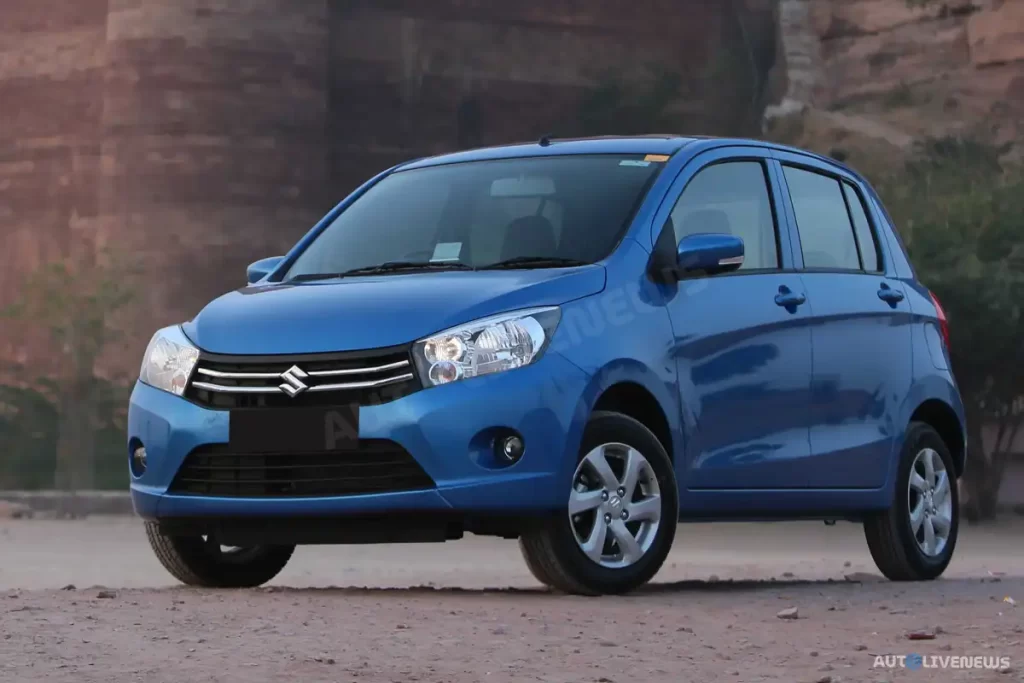
- Smallest in size
- Offer decent passenger space.
- Seats 4
- Rear seats are often foldable to expand the boot space.
- Equipped with the bare minimum comfort and safety features.
- Low ground clearance makes them unfit for poor or bumpy roads.
- Easy to turn, drive and park.
- Good for short distances within the city or occasional intercity travel.
- Its compact size makes it easy to quickly navigate city traffic.
Sedans:
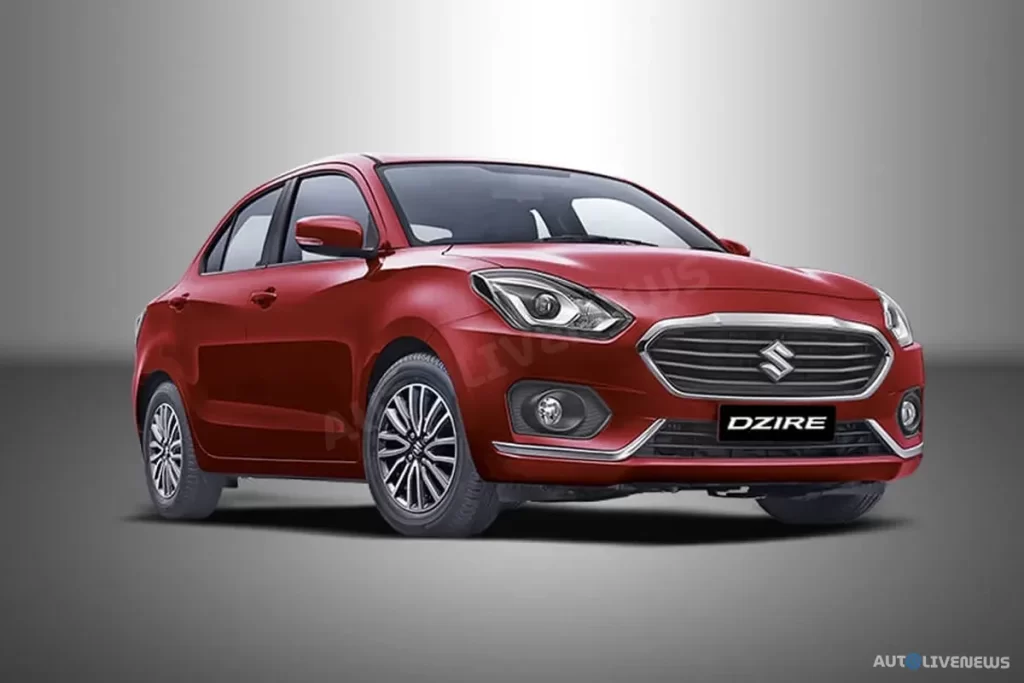
- Longer than hatchbacks in length, but may be shorter in height
- Offer less headroom than hatchbacks.
- Seats 4-5
- Since many sedans are luxury cars, seats are ergonomic and comfortable.
- The boot is not expandable and may not store longer items.
- Equipped with better standard features than hatchbacks.
- Low ground clearance makes them unfit for poor or bumpy roads.
- It may not be as easy to turn or park.
- Good for short and long distances within cities.
- Small sedans may be fine in traffic but longer ones are difficult to turn and maneuver.
SUVs:
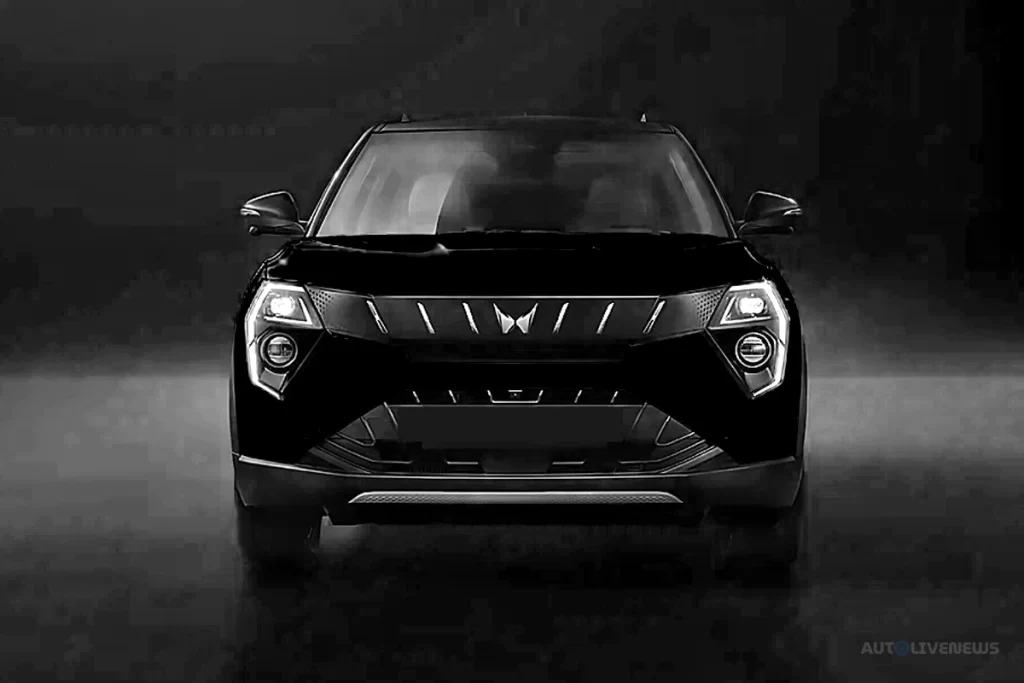
- Larger in size than the other two
- Offer spacious interiors with a lot of legroom and headroom.
- Often seats 4-5 or 7-8
- Seating is ergonomic and comfortable.
- Rear seats are often foldable to expand the boot space.
- Equipped with good standard comfort and safety features.
- Large and off-road SUVs may be difficult to turn, drive or park.
- Good for long distances and cross-country travel. Off-road SUVs can withstand extreme terrain.
- SUVs provide good visibility in traffic but are not as easy to handle as hatchbacks or small sedans due to their bulky size.
Hatchback vs Sedan vs SUV: In-Depth Analysis
Now let’s explore the differences between the hatchback vs sedan vs SUV body types by comparing them with each other and breaking down their differences.
Difference Between Hatchback and Sedan
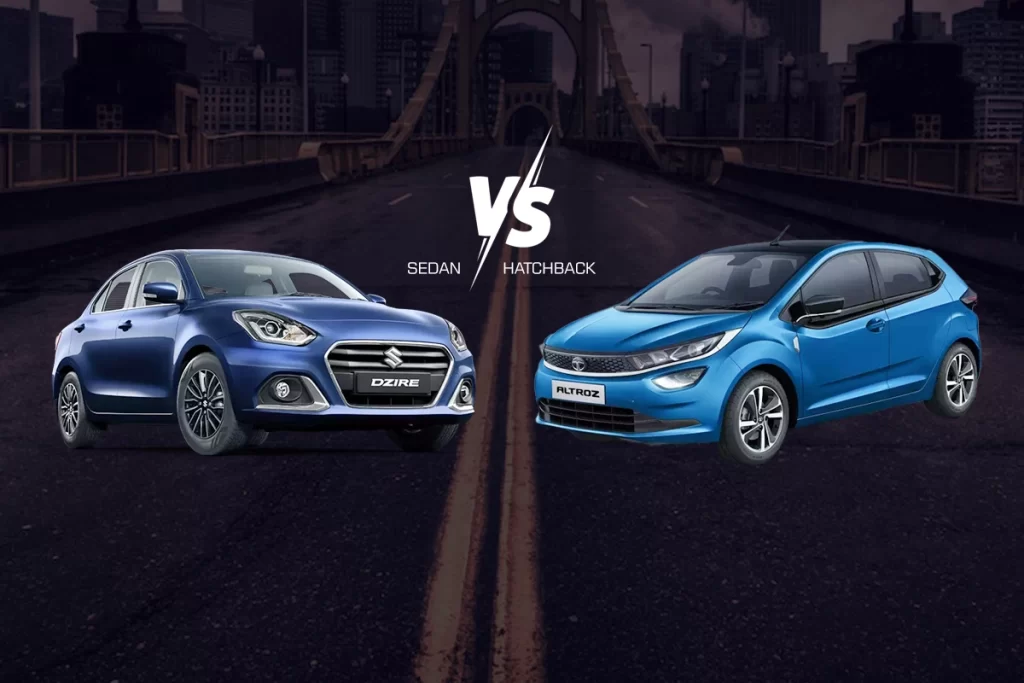
Sedans and hatchbacks are both light and fuel-efficient. However, since sedan engines are usually more powerful than the ones you’d find on hatchbacks, whether a sedan is more fuel efficient than a hatchback will depend on the model.
Contrary to what you might believe, sedans offer less storage space than hatchbacks. You will also be able to store longer and more irregularly shaped items in a hatch, as its boot opening is much higher than that of a sedan. However, sedans are often much more equipped than hatches in terms of both comfort and safety features.
Longer sedans are less fuel-efficient and also not as easy to handle. Their long length makes it difficult to turn smoothly and park in tight spaces. They may also be less ‘fun-to-drive’ than lighter and more agile hatchbacks.
Difference Between Sedan and SUV

Sedan vs SUV: what’s the difference? SUVs have a higher ground clearance than sedans. Thus, they can drive over bumpy roads with ease. Plus, since the passengers are seated higher in an SUV, they will not feel any bumps that the car is driving over. On the other hand, passengers in a sedan may feel bumpy roads and speedbreakers more. Though a sedan’s suspension is tuned for maximum comfort, its low ground clearance makes it difficult to drive over obstacles.
Sedans have better fuel efficiency than SUVs. They have a less spacious interior but often come equipped with greater luxury features. A sedan may be more fun to drive than an SUV, as it is less bulky. It will also be easier to handle and turn corners. As SUVs are heavier and ride further up, they also have more body roll, which may make handling more difficult. Moreover, the bigger and tougher the SUV, the greater the chances of it being slow and cumbersome to drive. However, an SUV is unmatched off-road, as a sedan’s low ride height makes it impossible to venture off the concrete path.
SUVs are more practical, as they seat more people. Furthermore, an SUV’s boot can be expanded by folding down its rear seats. Sedans can’t carry as many people or as much cargo as an SUV can. However, they can be much faster, lighter, and more fuel efficient. Sedans are also a status symbol, as some of the most luxurious cars in the world feature this body style.
Difference Between Hatchback and SUV:
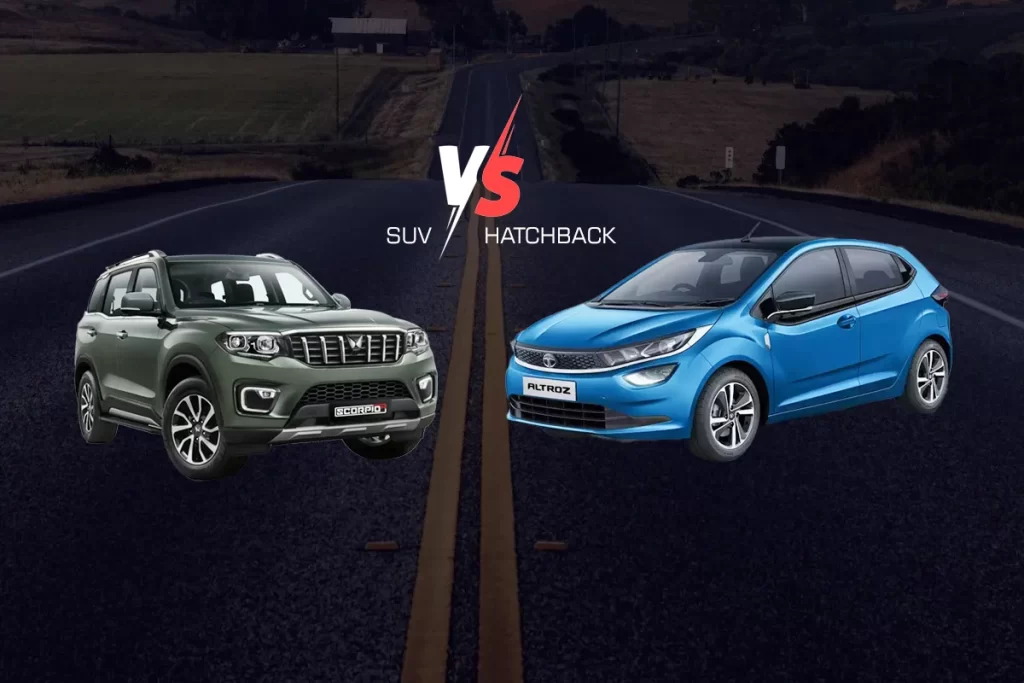
A hatchback and a sedan can be quite similar and only have different boot designs. But if we compare a hatchback vs SUV, they are radically different from each other. Hatchbacks are small, light, and (usually) economically priced. On the other hand, SUVs are larger, brawnier, and cost more. In the Indian market, SUVs cost more than other car types. Thus, building and designing new SUVs is profitable for car companies.
Hatchbacks can seat only four or five people. SUVs can seat about 6–8 people. Both have similar-sized boots and foldable rear seats. Hatchbacks only have two rows and only the rear seat row is foldable. But an SUV has three rows and usually both rear seat rows are foldable to create more storage space. So space is the defining difference in the hatchback vs SUV comparison.
Car Segments in India: Hatchback vs Sedan vs SUV
The cars for sale in India are divided into different segments and categories. Each segment is defined by size, body types, and car pricing, among other variables. However, not all cars can neatly fit in these segments. The segments A, B, C, D, E, F, and J include most hatchback, sedan, and SUV car models in India.
Let’s explore the hatchback vs sedan vs SUV comparison by looking at how these cars are classified and sold in India.
A-Segment Mini Hatchbacks
These are the smallest cars we’ll discuss in this blog. They are smaller than 4 meters in length and have less powerful engines. An A-segment car is usually a four-seater and has high mileage. These are good cars for in-city travel and daily commutes. Some examples of A-segment cars in India include the Maruti Suzuki Celerio, the Maruti Suzuki Alto K10 and the Maruti Suzuki S-Presso.
B-Segment Small Hatchbacks
These hatchbacks are longer than A-segment hatches and measure approximately 3700 to 3999 mm. They are also taller and wider and are fitted with slightly more powerful engines. Cars in the B-segment have better comfort and safety features than the A-segment.
B-segment hatchbacks are further divided into two subcategories: B1 and B2. Some popular B1 segment hatchbacks are the Hyundai Grand i10 Nios and the Tata Tiago. Examples of B2 hatchbacks include the Tata Altroz, the Maruti Suzuki Swift, and the Baleno as well.
Most hatchback cars in India are affordable. Some notable exceptions include the Mercedes-Benz AMG A45 S and the MINI Cooper.
C-Segment Small Sedans or family cars
While there are obviously sedan classifications based solely on style, the Indian classification system divides them on the basis of size and price.
The C segment consists of affordable family cars. It is divided into two subcategories: subcompact sedans and small sedans.
Apart from the boot design, subcompact sedans are quite similar to b-segment hatchbacks, often sharing the same underlying platform. They come with reasonable but minimal comfort and safety features. Some subcompact sedan models in India include the Maruti Suzuki Dzire, the Honda Amaze, and the Hyundai Aura.
Small sedans are slightly larger than the previous segment. They feature attractive designs and don’t share the same platform as hatchback cars. They are better equipped, more expensive, and decently luxurious. These are longer than 4 meters and thus may not be as light and agile as smaller sedans and hatchbacks. They come fitted with powerful engines since they are heavier. Some popular C-segment cars in India include the Maruti Suzuki Ciaz, Hyundai Verna, Kia Seltos, and the Honda City.
D-Segment Mid-Sized Sedans or Family Cars
D-segment cars in India include larger and more luxurious sedans. These midsize sedans are longer and come equipped with many standard comfort and luxury features. Many such sedans are intended to be chauffeur-driven.
That is why many D-segment sedans advertise their smooth and comfortable ride quality rather than equipping them with powerful engines and making them fun to drive. Unfortunately, due to dwindling sales, the D-segment in India is currently dormant. There is not a single D-segment sedan currently on sale in the country. Some now-discontinued D-segment cars are the BMW 3-series, the Skoda Octavia, the Toyota Camry, and the Hyundai Elantra.
E-Executive Segment Executive Luxury Cars
E segment cars are true luxury sedans. They are long and wide and can comfortably seat even tall passengers with room to spare. They are equipped with powerful engines and cushioned suspension. They are typically used as chauffeur-driven limousines. Due to this, these cars focus on providing extremely luxurious and comfortable rear seating.
These cars have long wheelbases, which may be difficult to turn and steer on narrow roads. These cars are typically neither easy to maneuver nor fun to drive, as most owners don’t plan on driving them themselves. Examples of E segment cars in India are the BMW 5-Series, the Mercedes-Benz E-Class, the BMW 7-Series, and the Audi A6.
J Segment Sports Utility Vehicles or SUVs
All SUVs in India come under the J segment. SUVs come in different shapes and sizes and at both economical and premium price points.
Sub-Compact SUV:
This segment includes the smallest SUVs on the market. These cars can measure less than 4 meters in length but still have an SUV-like body type. Notably, they can have more ground clearance than hatchbacks and sedans of the same price. These cars are light and thus more fuel-efficient than larger SUVs. They are also somewhat agile and easy to drive.
These compact SUVs are usually four- or five-seaters. Still, they offer more spacious interiors than compact sedans. The subcompact SUV segment is highly competitive in India, as these cars provide the following benefits: low taxes, good ground clearance, better mileage than most other SUVs, and an SUV car at an entry-level price point. Some compact SUVs in India include the Mahindra XUV 3XO, the Seltos, the Tata Nexon, the Hyundai Venue, the Maruti Suzuki Vitara Brezza, the Nissan Magnite, and the Kia Sonet.
Compact SUV
Compact SUVs, like the name suggests, are larger than subcompact SUVs. These may be longer than 4 meters in length. Due to their longer wheelbases, they are more spacious and comfortable inside. Outside, they have more road presence than smaller SUVs. They make good family cars and are easy to handle on both city streets and highways.
Compact SUVs have more powerful engines than their subcompact counterparts. They also offer more standard features. Some compact SUVs available in India include the Renault Duster, the Jeep Compass, and the Hyundai Creta.
Mid-Size SUVs
Mid-size SUVs are also a popular car segment in India. Some Indian SUV buyers have a Goldilocks-like mentality—they gravitate towards cars that aren’t too big and aren’t too small. To them, the midsize SUV feels just right. These SUVs are larger than the previous SUV segments and smaller than large or full-size SUVs.
Mid-size SUVs come equipped with many comfort and safety features. They have a lot more storage and cargo space inside. While these cars are obviously more expensive than compact and subcompact SUVs, they don’t come at the premium price point of a large SUV.
Most midsize SUVs can seat 5-8 people comfortably. Since they are heavier, they are equipped with more powerful engines. Certain midsize SUVs are available with all-wheel drive. These cars are great for highway cruising but may feel too heavy and bulky to drive in congested streets and traffic. The MG Hector, Jeep Wrangler, Mahindra XUV700, Skoda Kodiaq, Tata Harrier, and Maruti Suzuki Grand Vitara are some popular mid-size SUVs in India.
Large SUVs
Large SUVs are what most people associate with the SUV body type. They are either comfortable people-movers, true-blue luxury cars, or made for heavy-duty off-road adventuring. Some, like the Land Rover Defender and the Mercedes-Benz G-Wagon, can do both. Almost all large SUVs come with engines powerful enough to carry a lot of people and cargo.
Large SUVs can seat 5-7 people. Their large size and muscular styling make them highly desirable and reflect their higher price points. These cars aren’t great for skillfully maneuvering congested city streets. You may find them cumbersome to drive and a nightmare to park outside. But they make great cars for both short and long trips since they can easily carry a lot of luggage and people.
Large SUVs built for off-roading may be equipped with standard all-wheel drive. They will also boast good driver assistance features and the ability to climb steep slopes, wade through water, drive over large rocks, boulders, mud, sand, snow, etc., and may also have roof storage and towing capability.
Some large SUVs sold in India include the Toyota Fortuner, the BMW X5, the Mercedes-Benz GLS, and the MG Gloster.
Which Car Is Right For You?
Hatchback vs sedan vs SUV: which car is perfect for you? This will depend on your lifestyle and what you plan to use your car for. Each car body type has different pros and cons. Aesthetic appeal, power, speed, and mileage are also important while choosing a car. A hatchback can’t take you to the Himalayas, and a large SUV won’t be a good zippy car for your daily commute.
While choosing between a hatchback vs sedan vs SUV, take into account your intended use, your lifestyle, your cargo requirements, how many people you intend to travel with, ground clearance, mileage and fuel prices, handling, engine power and performance, speed, etc. And finally, choosing the right car for your purposes will ultimately boil down to aesthetic appeal: how the car looks inside and outside, what sort of comfort features it offers, and if you like its overall appearance.
Frequently Asked Questions ( FAQs)
Hatchback vs sedan vs SUV—which is the best choice?
There is no right choice when buying a car. Which car you choose will depend on your requirements and personal preferences.
What is typical hatchback vs sedan vs SUV styling like?
Hatchbacks are small and compact and have sporty, utilitarian styling. Sedans have a more sleek and aerodynamic appearance, while SUVs may have a unique mix of sporty and sleek design that integrates both smooth curves and hard angles.
Hatchback vs sedan vs SUV—which has the best mileage?
Typically, between a hatchback vs suv vs sedan, a hatchback will have the best fuel mileage of the three car types.



